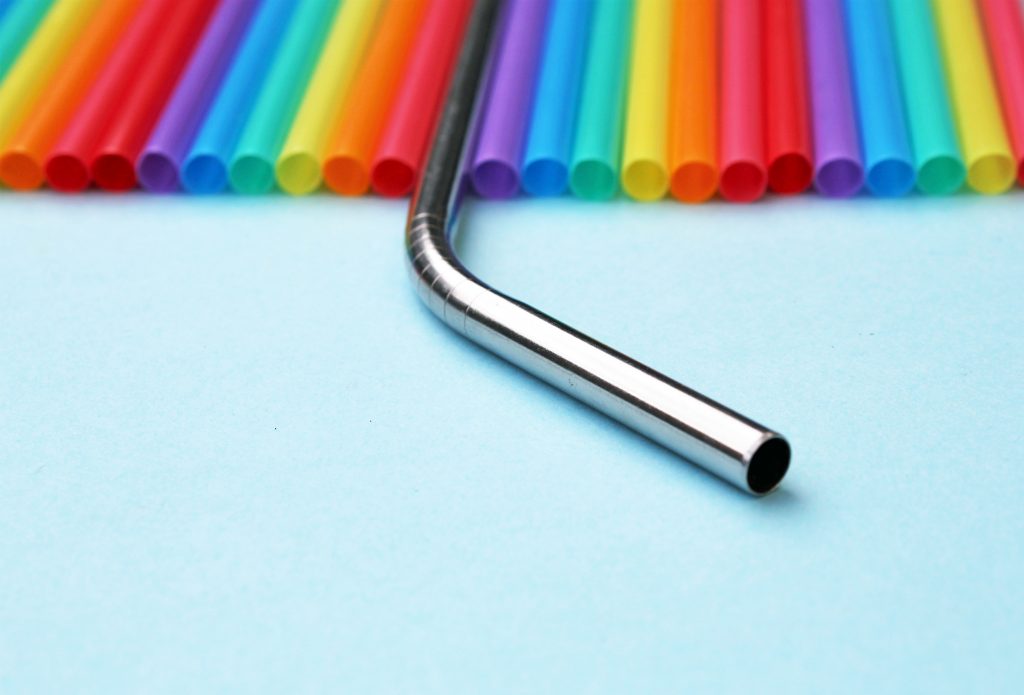Single-use plastic straws are quickly falling out of style as people recognize them for what they are: wasteful, unnecessary, and environmentally damaging.
Since momentum built around the fact that single-use plastic straws play a major part in polluting our land and waterways because they aren’t recyclable, Seattle, Malibu, and the United Kingdom have banned them from public establishments, Starbucks has opted to take them out of cafes, and American Airlines will no longer offer them on flights. American Airlines goes through an estimated 22 million plastic straws a year; Starbucks up to 2 billion.
While the straw movement might seem insignificant when you think about all the other plastic clogging our environment, any progress is good. And this large public shift proves that sweeping sustainable change can happen, more or less, overnight. Plus, our environment isn’t the only beneficiary of these recent bans: Reusable and eco-friendly straws are now more in vogue than ever before.
“At this moment, the global PLA [plant-based plastic] and paper straw market is very stressed, and product delivery has been delayed across the board,” David J. Fridland, who works on sustainability for food service provider Eco-Products, says. “We view this as an extremely positive trend that will get more and more brands and companies on the zero-waste journey.” Some estimates place the increased demand for straw alternatives as high as 5,000 percent in recent months.
So what do you need to know to change your sipping habits? Let’s take a look at the next iteration of straws.

